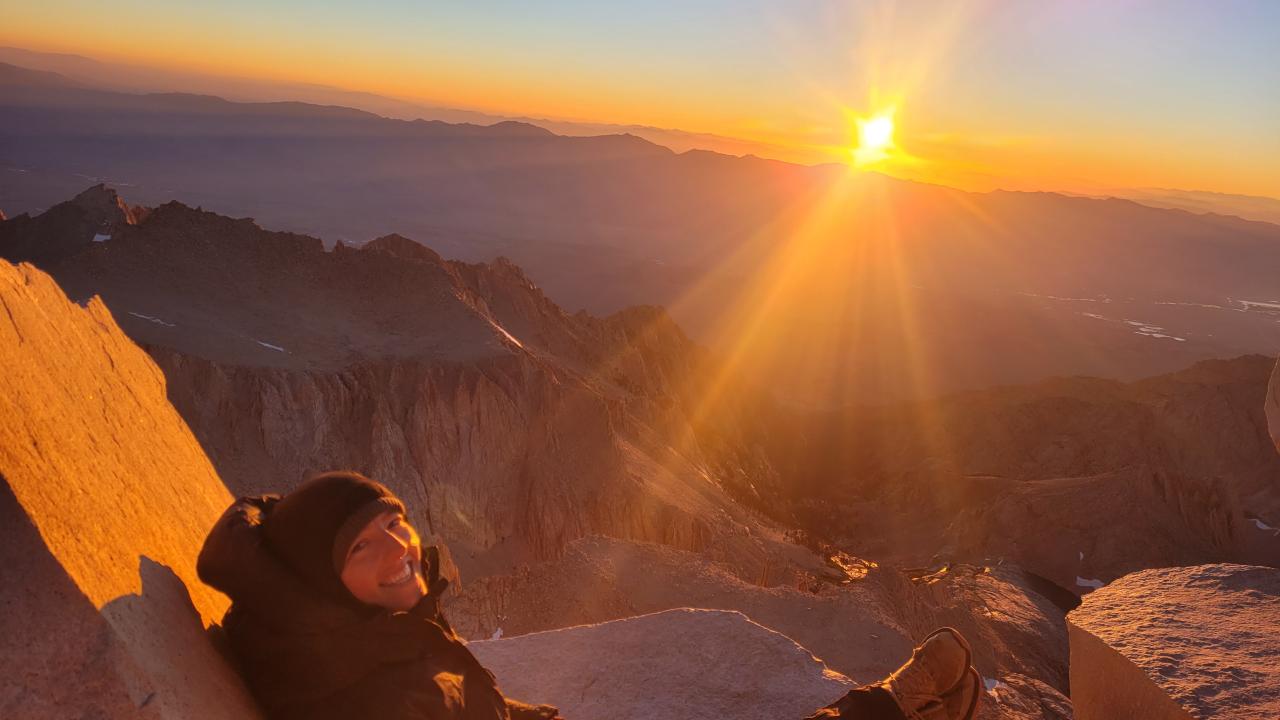They woke up gasping for air. At 14,505 feet, Mount Whitney is not the typical place to take a nap. But if a spectacular sunrise is the goal, braving out the bone-chilling cold and lack of air is the price to pay.
Grace Cureton, a fifth year Community and Regional Development major at UC Davis, spent their summer high in the alpine. For 41 days without service, a massive backpack, heaps of dehydrated food, and a small crew of researchers were all they knew.

“It's a hard transition back. Everything is very stimulating now,” Cureton admitted.
Cureton got their summer position through the John Muir Trail Conservancy. With a small crew of six, they surveyed unethical campsites as a precursor for future restoration and mitigation by the National Park Service.
Together, the field crew braved summer hurricanes, fierce hail that felt like “getting hit with nails over and over again,” steep snowfields, and intense physical strain. Still, nothing can compare to spending the summer wading in alpine lakes and waking up to the vastness of the mountains.
“We were just outside for so long,” they said. “I could feel the earth moving. It was surreal.”
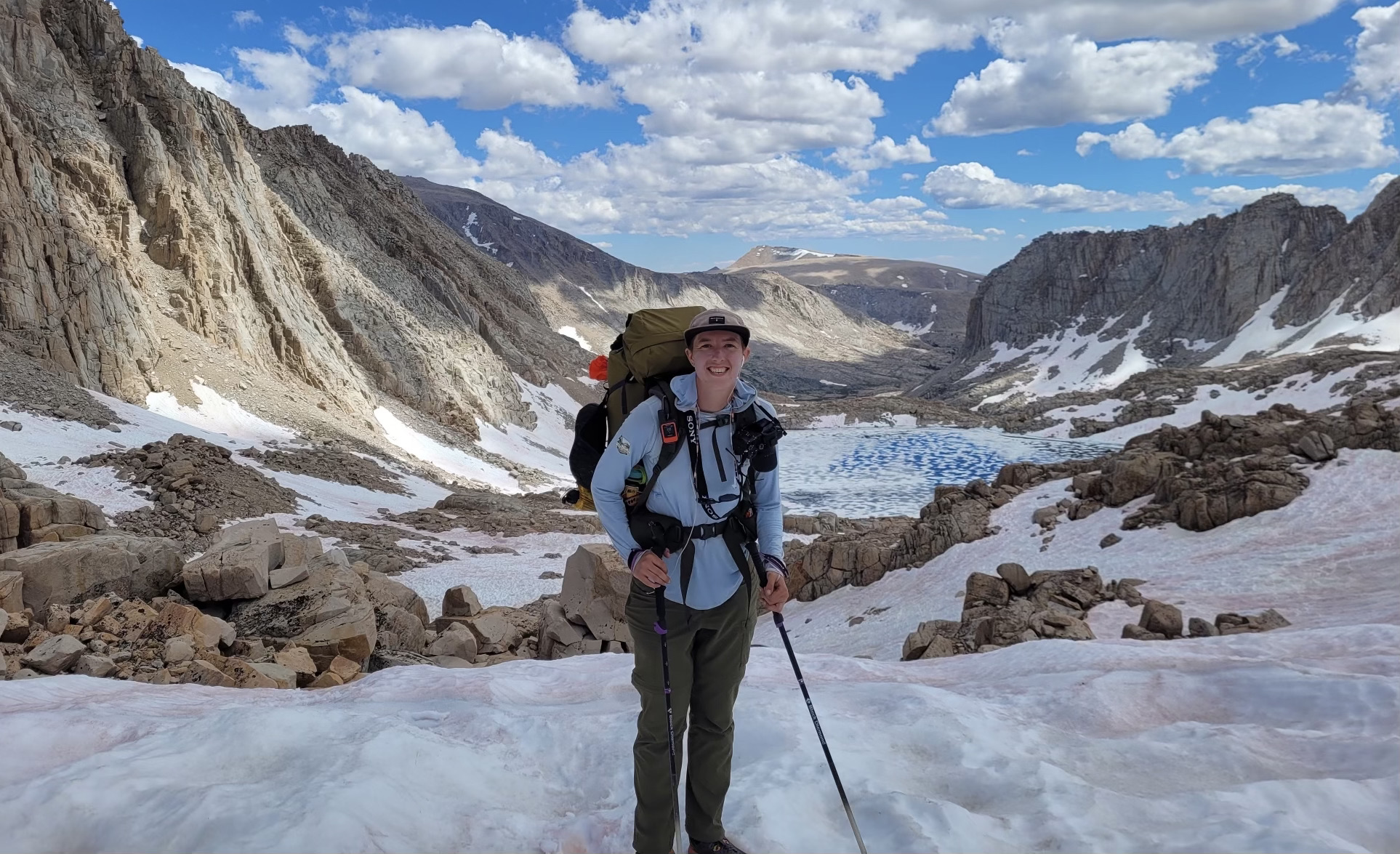
summer. (Courtesy Grace Cureton).
Cureton wasn’t the only undergraduate who wished the summer never ended.
Perched in a pitch-black meadow and getting spooked by deer, Mia Emerson held out an Echo Meter Touch, a device that she used to record bat echolocation. The only light available was her light trap as she counted the flying insects hovering around.
Emerson, a third year Wildlife, Fish, and Conservation Biology major, spent her summer with the UC Natural Reserve Program as part of California Ecology and Conservation (CEC).
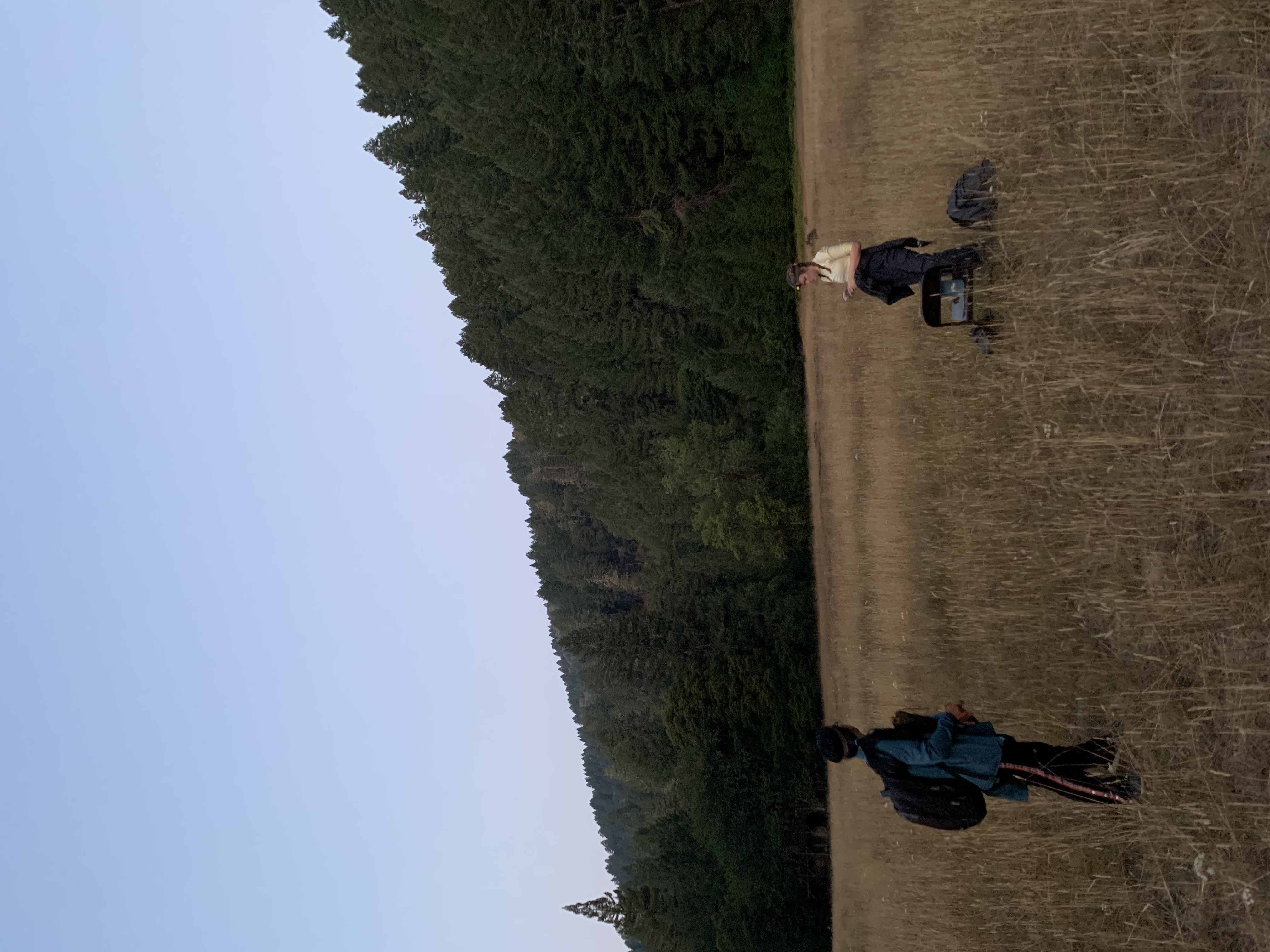

Deep within the dark meadows of Angelo Coast Range Reserve, Emerson investigated which parts of forest meadows have more bat activity in them, as well as the diversity of bats within each system.
This wasn’t her only project. Over the course of two months, she traveled to five different UC Reserves with contrasting ecosystems and developed independent field research projects in each, from sea urchin competition to UV pollen damage.
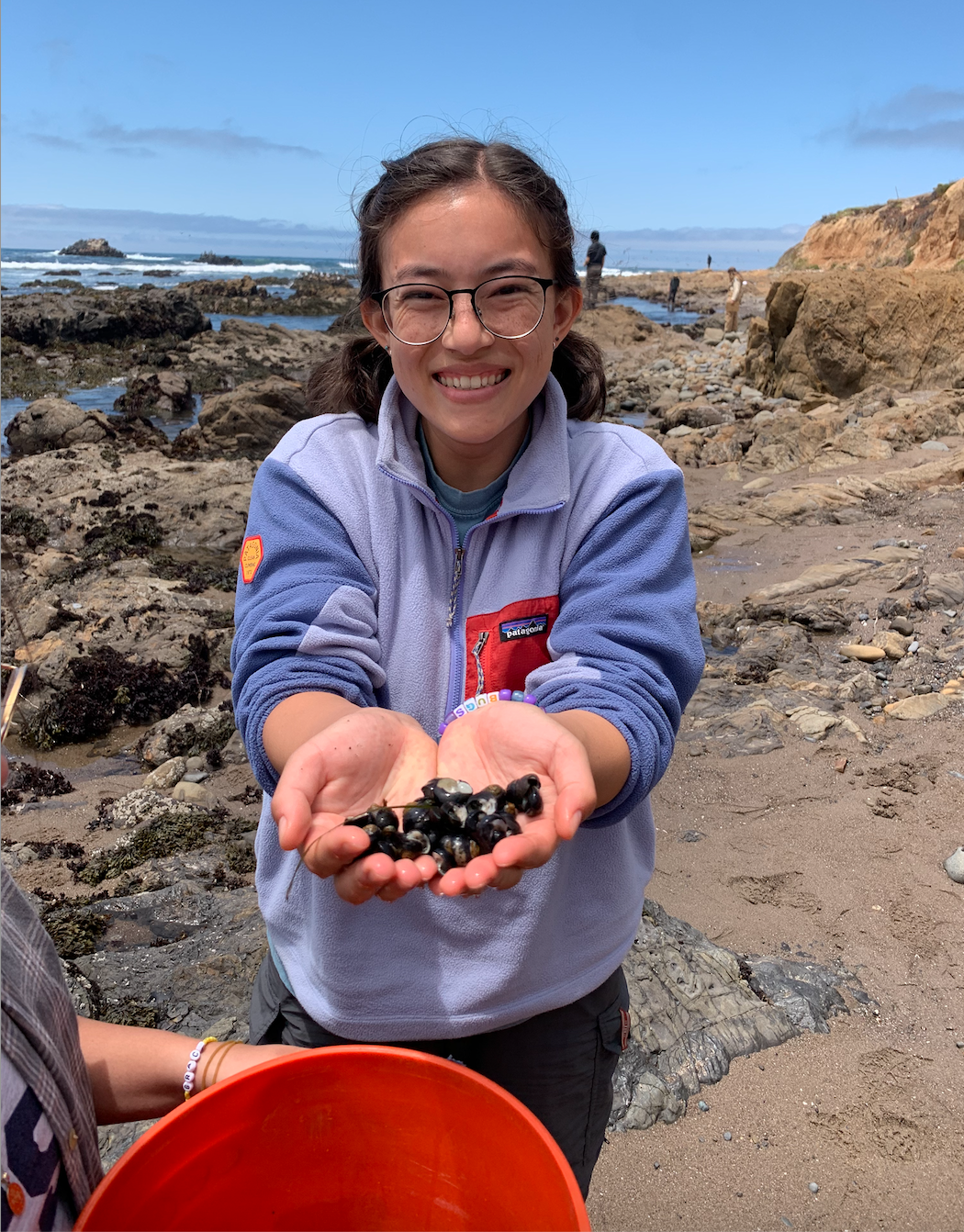
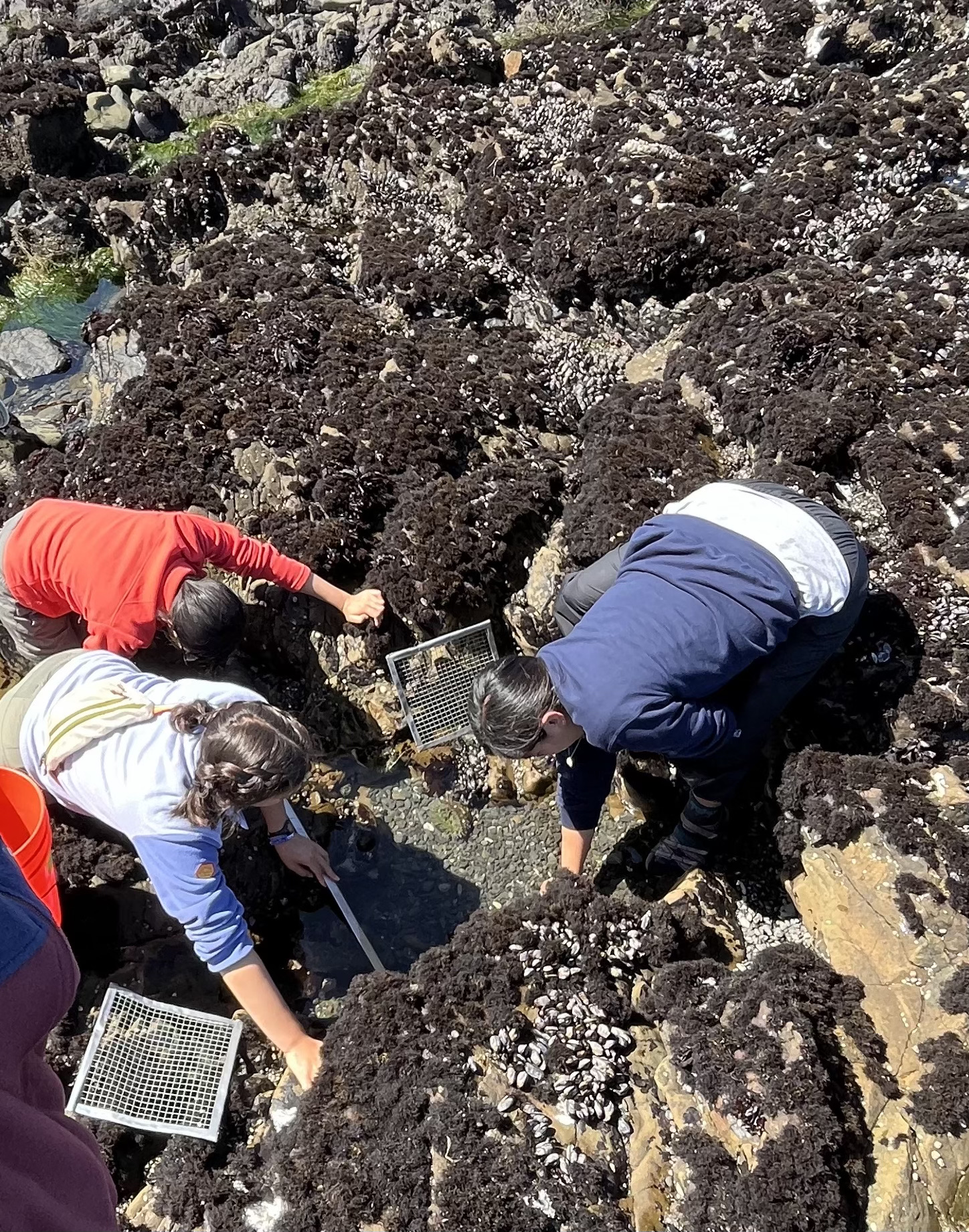
But she wasn’t alone in this huge undertaking. Along with students from all over the UC system, Emerson was immersed in a highly collaborative and supportive environment.
“I could ask, ‘What’s this plant called?’ or ‘What’s this animal?’ Somebody would almost always know,” Emerson said. “Not just the name of the organism but how it interacts with the world, as well.”
Joe Sweeney, a fourth year Wildlife, Fish and Conservation Biology major, spent his summer a little closer to home.
At the crack of dawn, Sweeney hopped into a van to check his wood duck nest boxes. Timing is critical with hatching ducklings, which leave the nest after only one day.
“Ducklings love to hatch on weekends and holidays,” Sweeney joked.
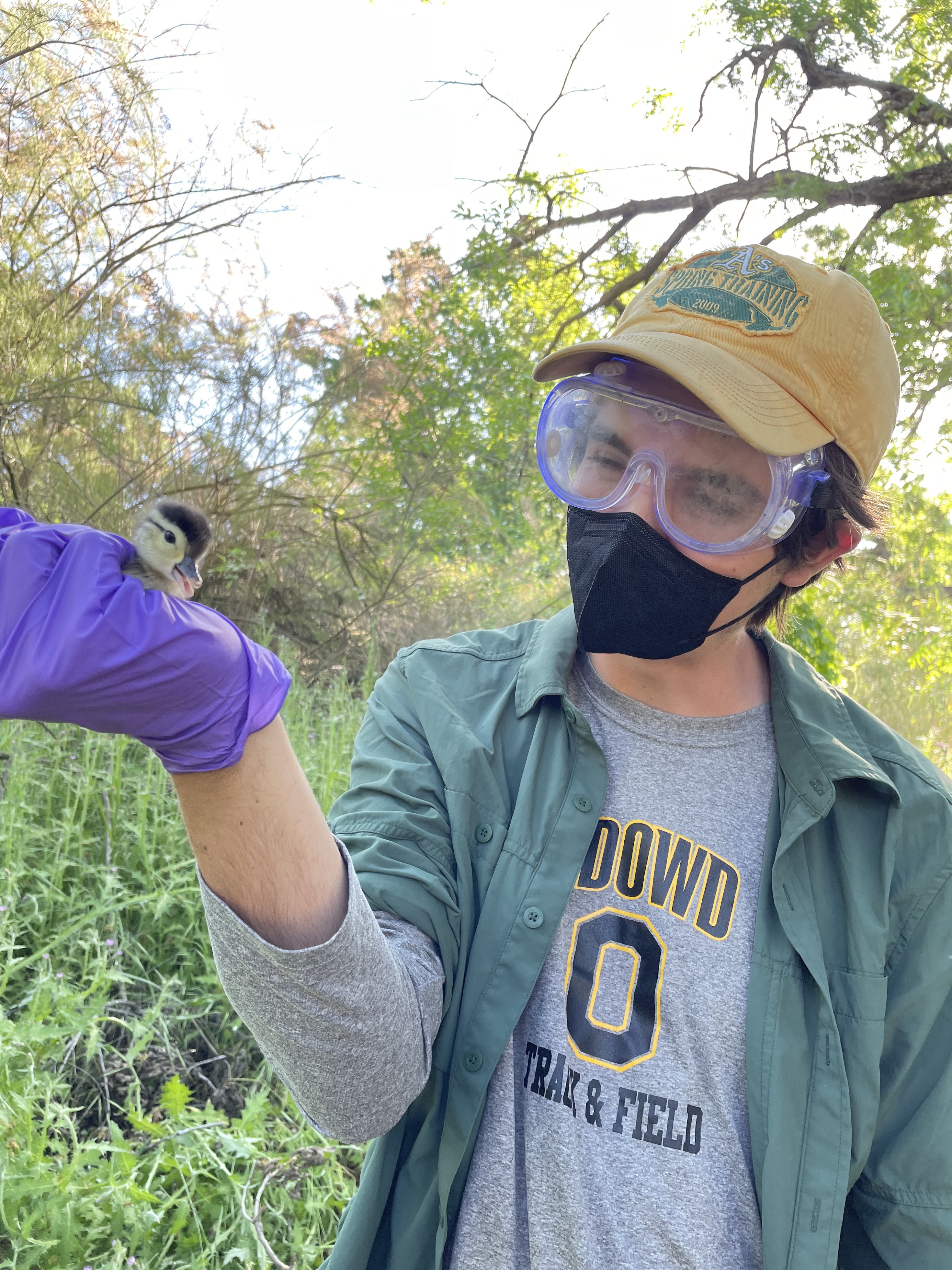
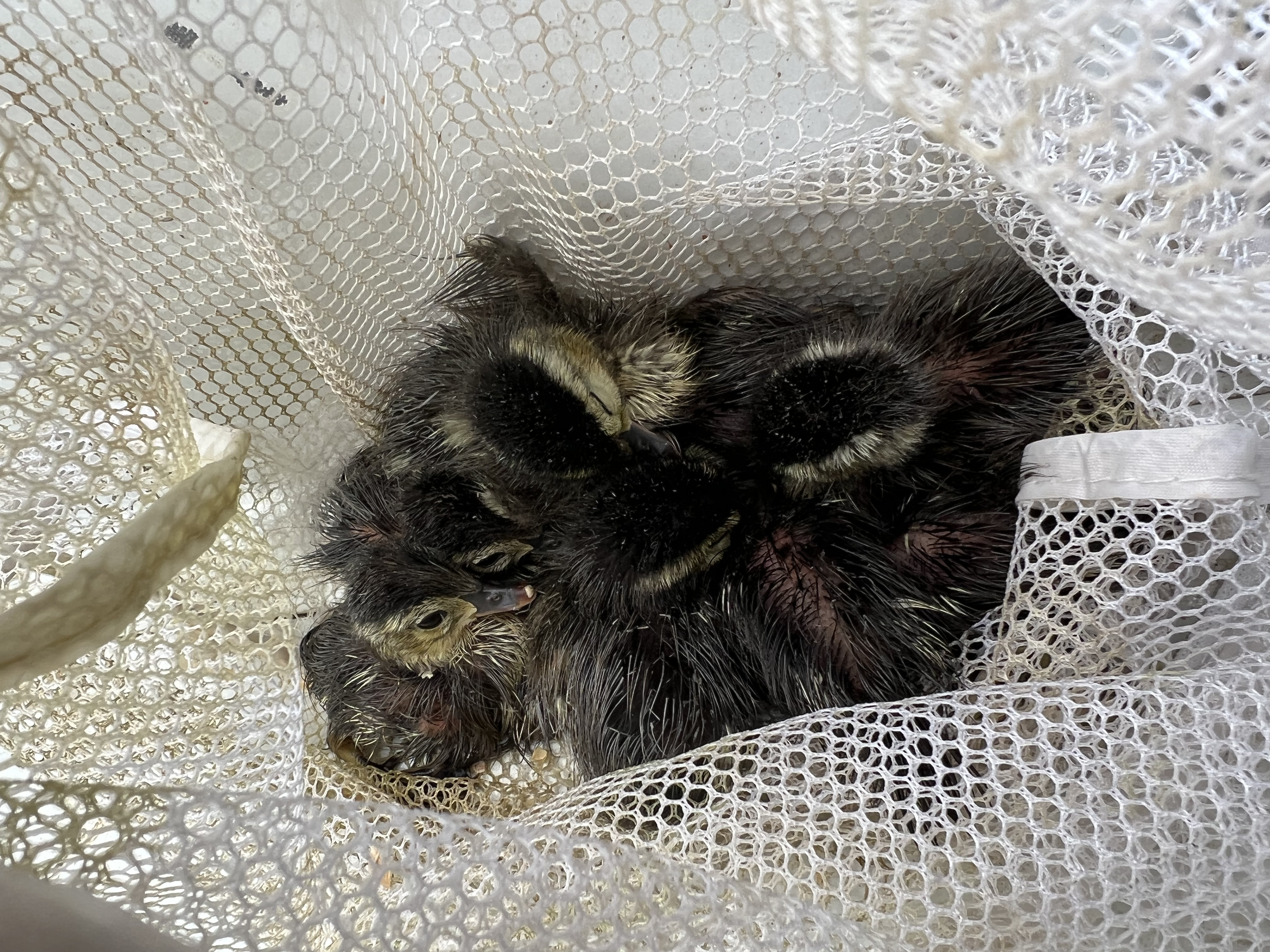
After quietly blocking the nest box entrance—sometimes placed up to 15 feet high—Sweeney peaked inside, looking for the mother wood duck.
“They all have little personalities,” Sweeney remarked. “Some immediately hide from you; some stare you down; some are super sassy.”
He set to work filling a mesh bag with up to 18 tiny ducklings from underneath their mother—truly a bag of cuteness. Expertly holding the babies, Sweeney took his measurements and tagged each one. With this tag, future researchers will have data on the entire life of this new wood duck.
Under the supervision of UC Davis Professor John Eadie and supported by the Lloyd W. Swift Endowment for Wildlife, Fish and Conservation Biology majors, Sweeney’s independent research project hopes to determine if nest box ventilation increases nesting success rate. With more extreme summer temperatures and climate change, wood ducks face challenges with nesting, and Sweeney hopes to lessen this impact.
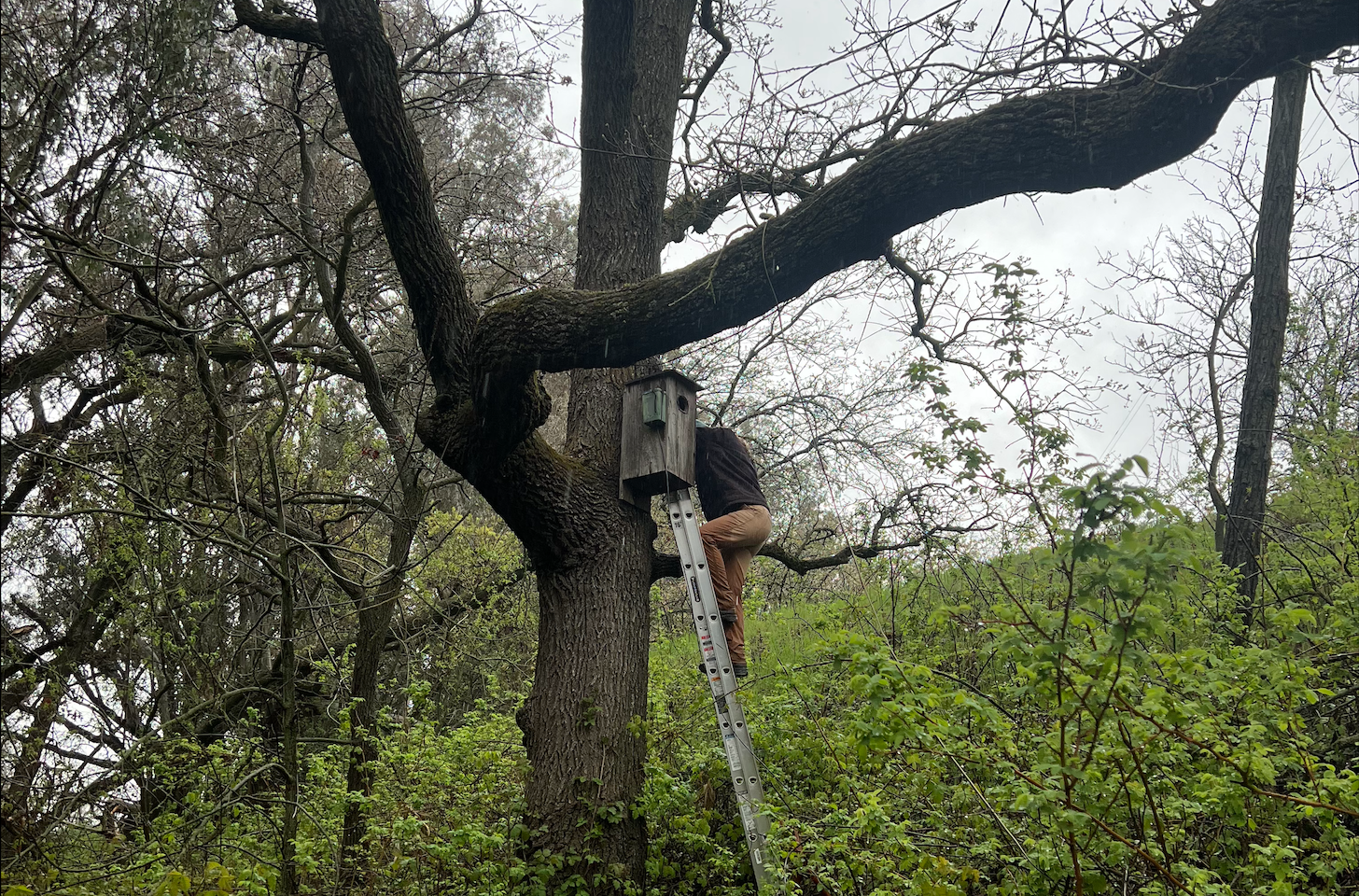
“This is what I want to do,” Sweeney said.
From holding baby wood ducks, to watching bats fly overhead, to months of alpine sunrises, it’s easy to understand why Sweeney, Emerson, and Cureton never wanted their summers to end.
But for these ecologists, their careers may be a lifelong summer.
Malia Reiss is a science news intern with UC Davis Strategic Communications. She studies environmental science and management at UC Davis.
Media Resources
Kat Kerlin, UC Davis News and Media Relations, 530-750-9195, kekerlin@ucdavis.edu
